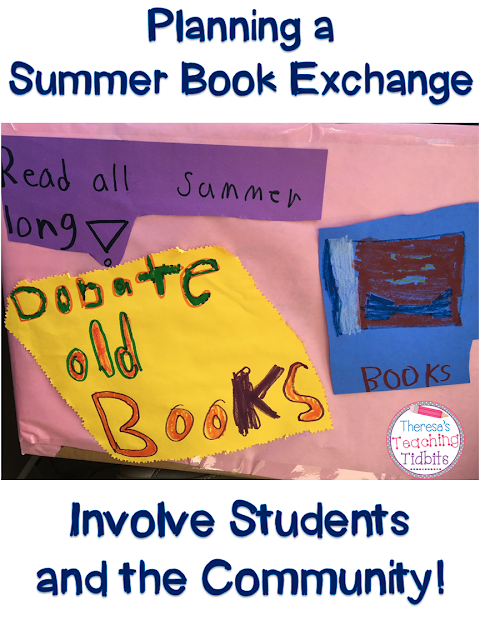Happy Poetry Month!
I love celebrating my favorite writing genre all month long! This year, my friend, Janet Fagal invited me to join with some wonderful Poetry Friday participants to create a progressive poem. There are 30 poets contributing to this community poem. Each poet adds one line to the poem for each day of April. This tradition was started by Irene Latham back in 2012. Margaret Simon took over as host in 2020.
I'm absolutely inspired and I can't wait to introduce the idea of a progressive poem to my students. This will make for a wonderful class project. I'm planning to have each of my students craft a single line. We'll choose the topic together, then sign up to add a line. I can't wait to see what we create.
Just as I can't wait to see where this lovely poem leads us.
I've been visiting each blog and watching in fascination as each poet put his/her stamp on the poem. The collective imagination of some very talented poets has created a lovely poem so far. I've been handed the gift of the most recent line by Patricia. I'm honored to add mine (in blue).
*************************************************************************************
Suddenly everything fell into placelike raindrops hitting soil and sinking in.
When morning first poked me, I’d wished it awaymy mind in the mist, muddled, confused.
Was this a dream or reality, rousing my response?The sun surged, urging me to join in its rising,
Rising like a crystal ball reflecting on morning dew.I jumped out of bed, ready to explore the day.
My feet pull me outside and into the gardenWhere lilies and bees weave…but wait! What’s that?
A bevy of bunnies jart and dart and play in the clover.A dog barks and flash, the bunderstorm is over.
I breathe-brave, quiet. Like a seed,as the day, foretold in my dream, ventured upon me.
Sunbeams guided me to the gate overgrown with wisteriawhere I spotted the note tied to the gate.
As I reached the gnarled gate, pollen floated like fairy dust into my face. Aaah Choo!Enter, if you must. We’ve been waiting for you.
Not giving the curious note a thought, I pushed the gate open and ran through.Stopped in my tracks, eyes wide in awe- can this really be true?
Huge mushrooms for tables, vines twined into chairs,a flutter of fairies filled flowery teawares.
- 2023 Kidlit Progressive Poem
April 1 Mary Lee Hahn, Another Year of Reading
April 2 Heidi Mordhorst, My Juicy Little Universe
April 3 Tabatha, The Opposite of Indifference
April 4 Buffy’s Blog
April 5 Rose Cappelli, Imagine the Possibilities
April 6 Donna Smith, Mainely Write
April 7 Margaret Simon, Reflections on the Teche
April 8 Leigh Anne, A Day in the Life
April 9 Linda Mitchell, A Word Edgewise
April 10 Denise Krebs, Dare to Care
April 11 Emma Roller, Penguins and Poems
April 12 Dave Roller, Leap Of Dave
April 13 Irene Latham Live You Poem
April 14 Janice Scully, Salt City Verse
April 15 Jone Rush MacCulloch
April 16 Linda Baie, TeacherDance
April 17 Carol Varsalona, Beyond Literacy Link
April 18 Marcie Atkins
April 19 Carol Labuzzetta at The Apples in My Orchard
April 20 Cathy Hutter, Poeturescapes
April 21 Sarah Grace Tuttle, Sarah Grace Tuttle’s Blog,
April 22 Marilyn Garcia
April 23 Catherine, Reading to the Core
April 24 Janet Fagal, hosted by Tabatha, The Opposite of Indifference
April 25 Ruth, There is no Such Thing as a God-Forsaken Town
April 26 Patricia J. Franz, Reverie
April 27 Theresa Gaughan, Theresa’s Teaching Tidbits
April 28 Karin Fisher-Golton, Still in Awe Blog
April 29 Karen Eastlund, Karen’s Got a Blog
April 30 Michelle Kogan Illustration, Painting, and Writing







































